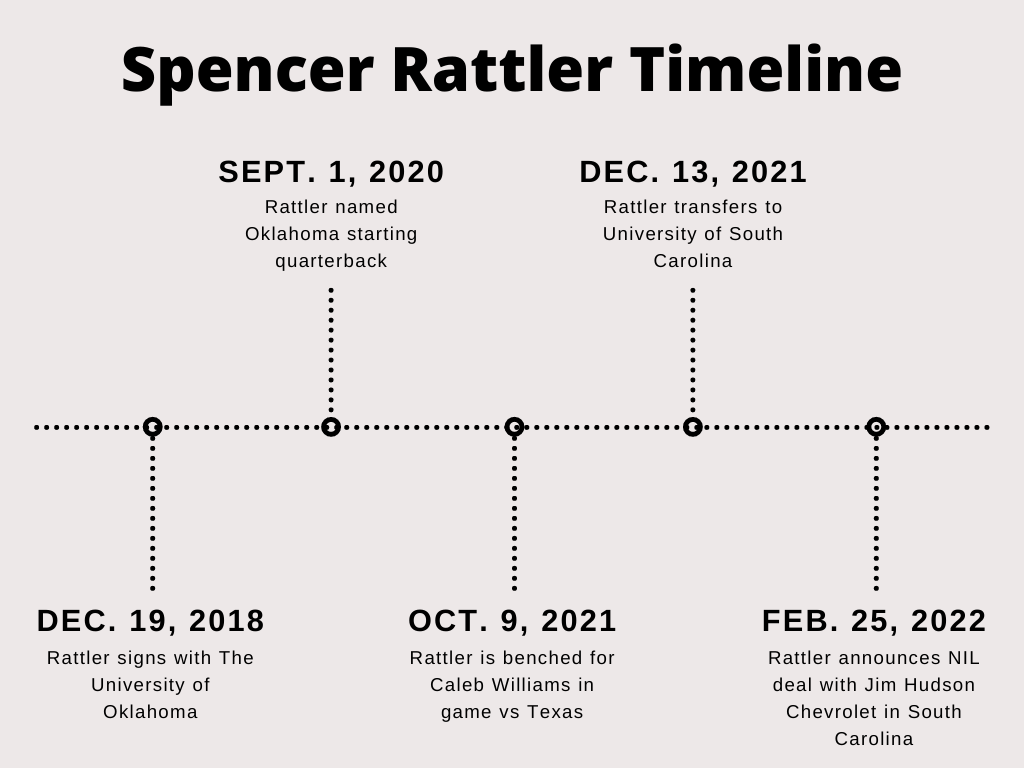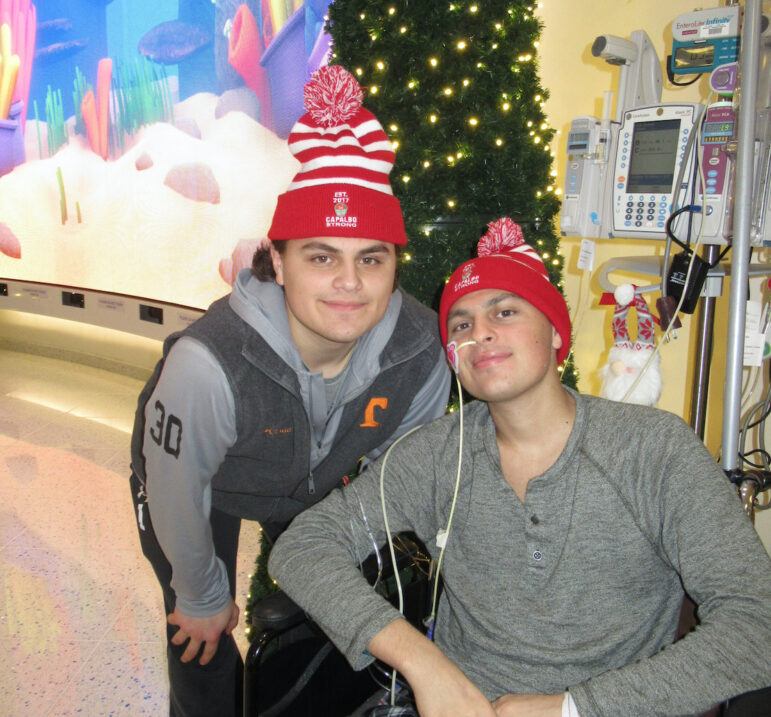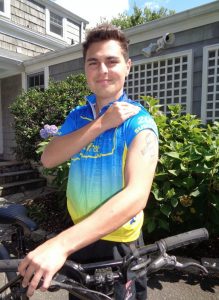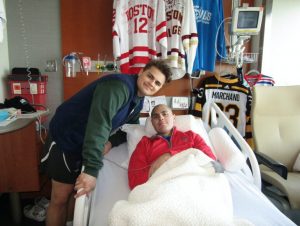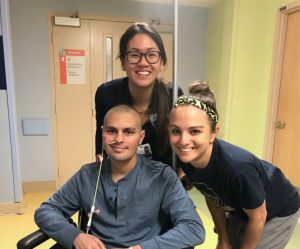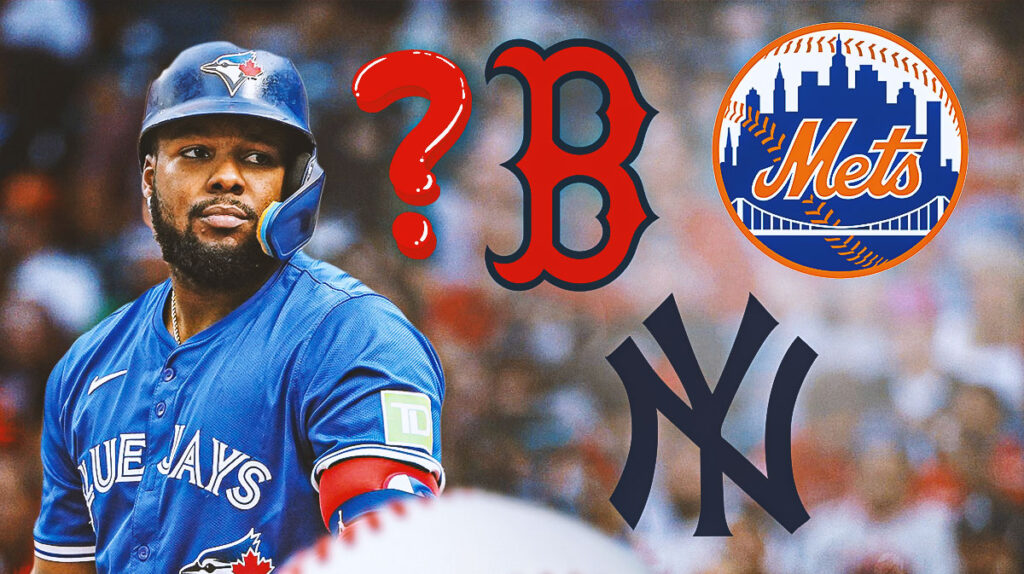
By Ryan Bologna
Feb. 18, 2025
ClutchPoints
The Toronto Blue Jays and star first baseman Vladimir Guerrero Jr. were not able to agree on a contract extension before the slugger’s set deadline, and he will be hitting free agency next offseason, leaving many wondering if he will be traded at some point either this spring or in the summer before the trade deadline.
After adding Anthony Santander this offseason, Toronto does seem intent on contending in 2025. It could be the last ride, not only with Vladimir Guerrero Jr. but Bo Bichette as well. Both are scheduled to be free agents and if the Blue Jays fall out of the playoff race, they could essentially control the trade deadline with two of the biggest chips that buying teams would like to acquire.
With that being said, let’s get to the top trade destinations for Blue Jays slugger Vladimir Guerrero Jr.
Boston Red Sox
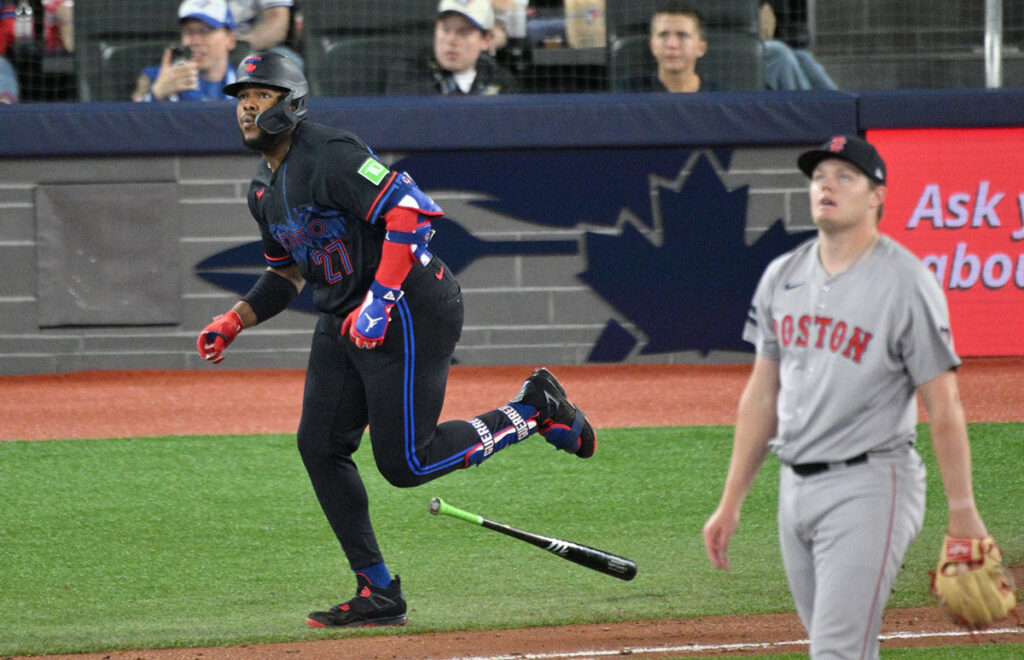
The Boston Red Sox are one of the top teams from a variety of perspectives, as not only do they have the prospect capital to make a trade, but they are reportedly one of the top suitors to sign Guerrero in free agency.
The Red Sox are loaded with prospects, with Roman Anthony Kristian Campbell and Marcelo Mayer headlining their current crop. However, they could likely do a deal without including any of those three, even after making the trade for Garrett Crochet earlier this offseason.
Shortstop Franklin Arias could headline a deal for the Red Sox from a prospect perspective, but acquiring Vladimir Guerrero Jr. would likely mean that Triston Casas’ days in Boston are done. Getting Casas in a trade involving Guerrero would be a way for the Blue Jays to strike a balance between building for the long-term and winning now.
The Red Sox are hoping to enter true contention soon with the signing of Alex Bregman and their young players. Adding Guerrero could make sense this summer before the deadline if the team lives up to expectations, and it would give Guerrero a taste of what playing in Boston is like before hitting free agency.
New York Mets
When it comes to financial might, the New York Mets are arguably at the top of the list in Major League Baseball, with the Los Angeles Dodgers being the other team in the conversation. The Mets have already been listed as a potential top suitor for Guerrero next offseason, as Steve Cohen, David Stearns and Co. could be looking for young, right-handed slugger to pair with Juan Soto.
The presence of Pete Alonso complicates things a bit in 2025, but he could simply slide to designated hitter in the short term. In fact, the Blue Jays reportedly considered doing that this offseason when they pursued Alonso.
Stearns is trying to build a sustainable winner with the Mets, but the organization does have prospects to potentially deal. Someone like Brandon Sproat or Jett Williams could headline a deal.
When it comes to trade suitors for Guerrero, the Red Sox and Mets stick out above the rest.
Seattle Mariners
The Seattle Mariners have been a frustrating team to follow over the last few years, as they have a young team that should be augmented with talent. The pitching staff is stacked with talent, and Julio Rodriguez carries an offense that otherwise has struggled. The team could use another impact bat, but they have not spent significant money in that area.
Seattle in all likelihood would not be able to re-sign Guerrero, but they have prospects to potentially make a deal. If the Mariners are in contention to win the American League West, they could decide to take the leap with Guerrero and try to make a run in 2025. Prospects like Michael Arroyo or Jonny Farmelo stick out as options to include in a trade.
Detroit Tigers
The Detroit Tigers are one of the up-and-coming teams in baseball, and have the prospect capital to make a deal. They were unable to land Alex Bregman in free agency, but their pursuit of him was aggressive. It is not known if the Tigers would be able to compete with the Mets or Red Sox financially, but perhaps trading for Guerrero during the summer could give them a bit of an edge in the winter.
Colt Keith is currently the Tigers’ first baseman, but Guerrero would obviously be a big upgrade. He would also balance out a lineup that has a lot of left-handed hitters. Someone like Bryce Rainer could be included in a deal, or Thayron Liranzo.
In a very winnable American League Central division, the Tigers could make a statement this summer by acquiring Guerrero if they are in contention.
New York Yankees
The Yankees are listed as one of the top potential free agent destinations for Guerrero, so they have to be on this list in some form. They do not have the prospect capital that other teams do, however. That is why the Red Sox and Mets are ranked ahead of them in this article.
The scenario in which the Yankees end up acquiring Guerrero in a trade would be if teams like the Mariners and Tigers do not have the appetite to make the deal for a rental they likely will not be able to re-sign and the Mets and Red Sox decide to wait until free agency to pursue him.
In a trade, the Yankees would almost surely keep Jasson Dominguez out of conversations, as they are trying to contend in 2025 and he is slated to be the starting left fielder. Other prospects like George Lombard Jr., Roderick Arias or Spencer Jones could be included in the deal. However, there are conflicting views on Jones specifically due to his high strikeout rate in the minors.
The Yankees will likely do their due diligence if Guerrero is made available in a trade, especially if Paul Goldschmidt is not performing. However, they likely will not be able to out bid other teams’ prospect packages.
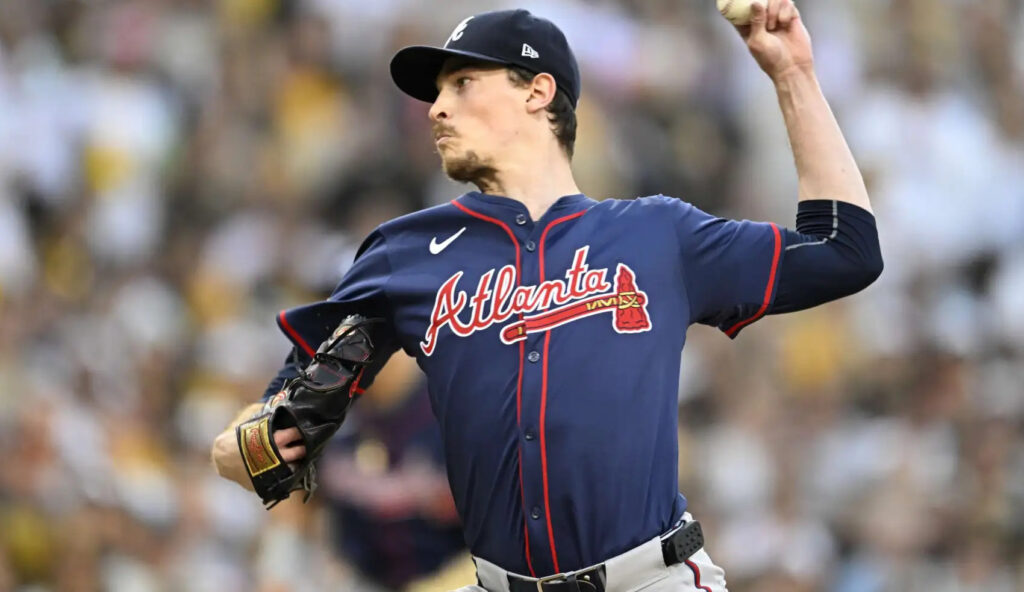
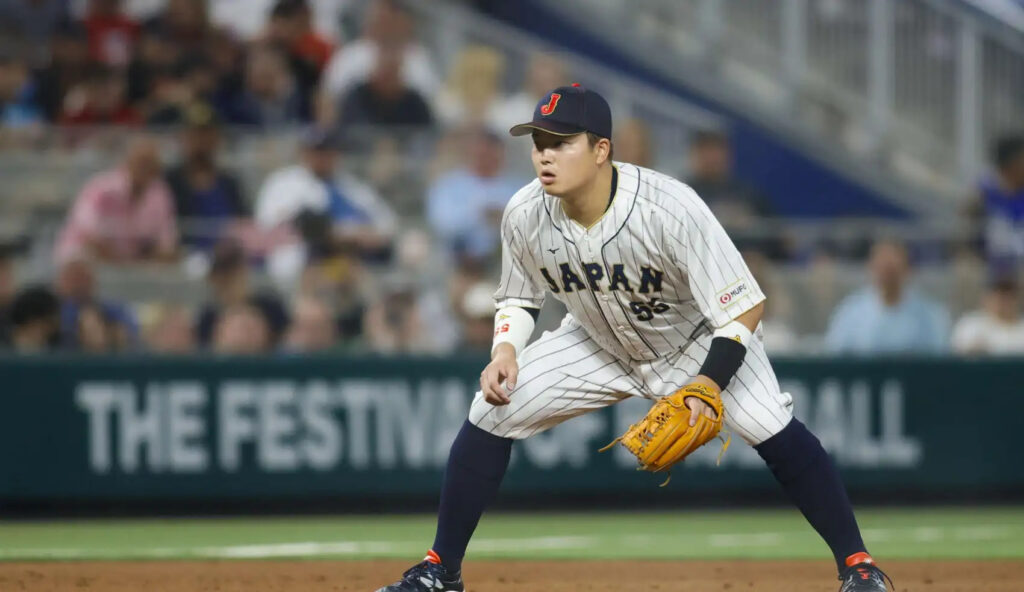
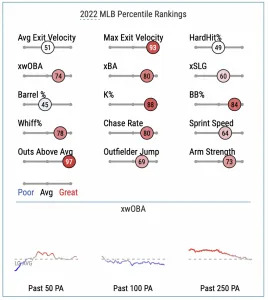


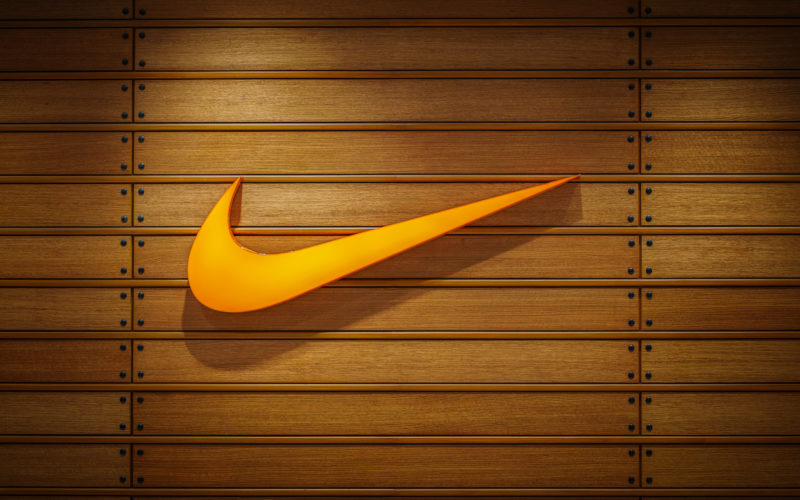
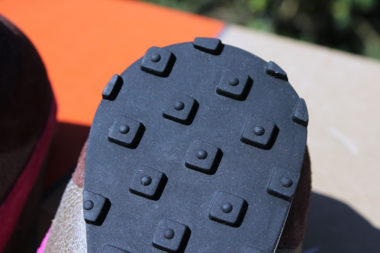
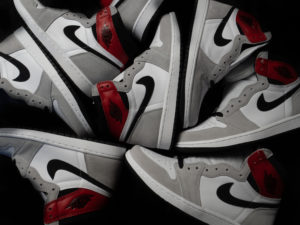 Both Jordan and Nike took a risk with this partnership. Jordan was a rookie in 1984, so Nike was placing a bet on him becoming a superstar. (spoiler alert: he did) Nike was nowhere near as established as Converse and Adidas. The landmark deal
Both Jordan and Nike took a risk with this partnership. Jordan was a rookie in 1984, so Nike was placing a bet on him becoming a superstar. (spoiler alert: he did) Nike was nowhere near as established as Converse and Adidas. The landmark deal 